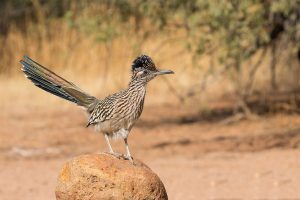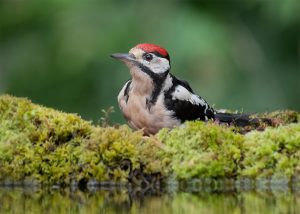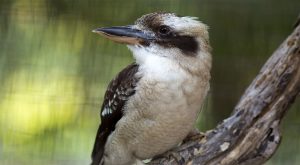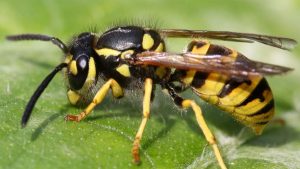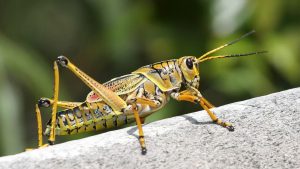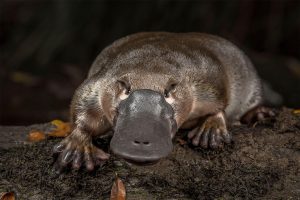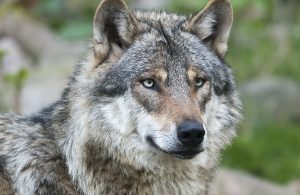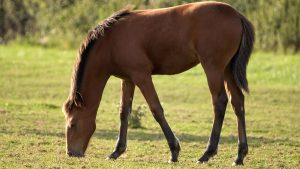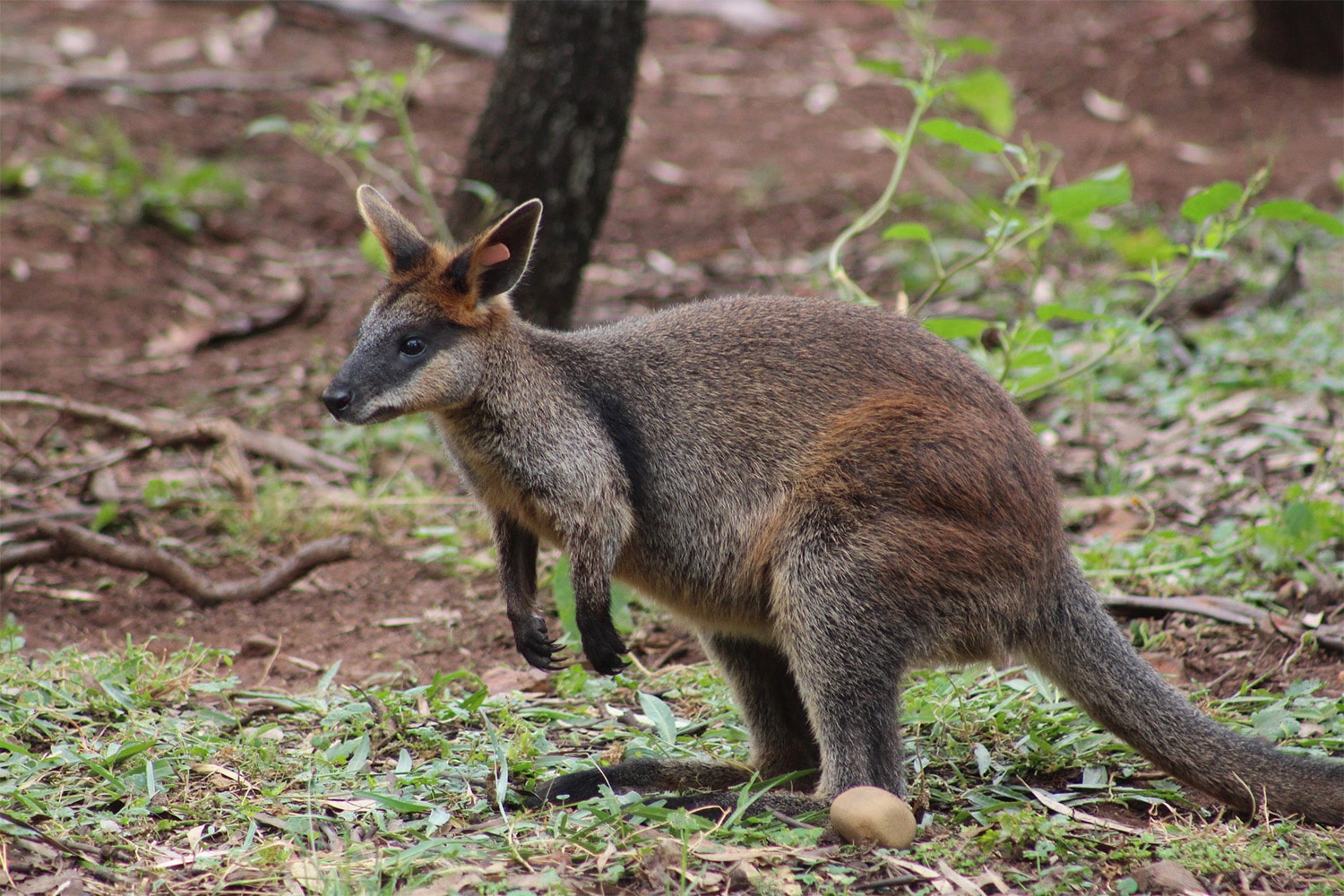
34 interesting facts about wallabies
- 👁️ 1288
Wallabies, often mistaken for their kangaroo cousins due to their similar appearance and hopping locomotion, are fascinating marsupials native to Australia and nearby islands. These creatures vary in size, habitat, and lifestyle, but all share the characteristic pouch in which they carry and nurture their young. Wallabies inhabit a range of environments, from forests and woodlands to rocky areas and even urban outskirts, showcasing their adaptability. With their gentle demeanor and intriguing social behaviors, wallabies have captured the interest of many wildlife enthusiasts and researchers. Here are 34 interesting and informative facts about wallabies that highlight their unique traits and the diversity within their species.
- Wallabies are divided into roughly 30 species, classified into three main groups: brush wallabies, rock wallabies, and hare-wallabies.
- The term “wallaby” is derived from the Dharug ‘walabi’ or ‘waliba’, languages of the Indigenous Australian people.
- Wallabies are smaller than kangaroos, with some species being no larger than a rabbit.
- Unlike kangaroos, which inhabit open plains, wallabies prefer dense forests and rocky outcrops for their habitat.
- Wallabies are herbivores, mainly eating grasses, leaves, and fruits.
- They have a chambered stomach similar to that of cows, which allows them to ferment food and extract maximum nutrients.
- Wallabies are mainly nocturnal and crepuscular, meaning they are most active during the night and at twilight.
- Female wallabies have a forward-opening pouch where the joey (baby wallaby) continues to develop after birth.
- The gestation period for a wallaby is about a month, but the joey will stay in the pouch for up to nine months.
- Wallabies are excellent jumpers, capable of leaping great distances and heights to escape predators or navigate their terrain.
- Their powerful hind legs are not only used for jumping but also as a defense mechanism, delivering powerful kicks.
- Wallabies have a unique way of cooling themselves by licking their forearms, which have a high density of blood vessels.
- The Swamp Wallaby is the only wallaby known to eat some toxic plants without being affected.
- Wallabies can swim and will take to water to escape predators.
- The smallest species, the Dwarf Wallaby, weighs just over 1 kilogram (2.2 pounds).
- Wallabies have a lifespan of about 9 to 15 years in the wild, depending on the species.
- They are social animals and often form groups, known as “mobs,” for better protection against predators.
- Rock wallabies can scale steep cliffs and jump from rock to rock with ease, thanks to their powerful hind legs and rubbery soles.
- The Bennet’s Wallaby is one of the most commonly seen species in Tasmania and is known for its reddish-brown fur.
- Wallabies have a long, powerful tail used for balance when hopping and as a support when sitting.
- Some species of wallabies are considered endangered due to habitat loss, hunting, and predation.
- The Parma Wallaby was thought to be extinct until it was rediscovered in the 1960s.
- Wallabies have sharp claws on their front paws, used for digging for water or roots.
- They have excellent hearing and vision, which helps them detect predators from a distance.
- The Yellow-footed Rock Wallaby is known for its striking coloration, including a yellow-striped tail.
- Wallabies produce very little methane compared to other herbivores, making them more environmentally friendly.
- Some wallaby species have adapted to urban environments, occasionally being spotted in gardens and parks.
- Wallabies communicate through a series of clicks, thumps, and hisses.
- The Red-necked Wallaby has been introduced to New Zealand, where it is now considered a pest due to its impact on native vegetation.
- Wallabies are known to practice alloparental care, where individuals other than the biological parents take part in raising the young.
- Their eyes are positioned on the sides of their heads, giving them a wide field of vision to spot predators.
- Wallabies are capable of standing upright on their hind legs to survey their surroundings.
- Brush-tailed Rock Wallabies use their tails to balance and steer when leaping among rocks.
- The Agile Wallaby, as its name suggests, is known for its agility and often inhabits coastal areas and riverbanks.
Wallabies are truly remarkable creatures that exhibit a wide range of behaviors, adaptations, and physical traits that allow them to thrive in diverse environments. From their impressive jumping abilities to their intricate social structures, wallabies offer a fascinating glimpse into the natural world. Despite the challenges they face from habitat loss and predation, many species of wallabies continue to persist, showcasing the resilience of these charming marsupials. As we learn more about wallabies, it becomes increasingly important to recognize the need for their conservation and the protection of their natural habitats. These unique animals not only play a crucial role in their ecosystems but also captivate us with their intriguing lives and behaviors. By understanding and appreciating the diversity and complexity of wallabies, we can better support efforts to ensure their survival for generations to come. The study and admiration of wallabies remind us of the beauty and intricacy of the natural world, urging us to act responsibly and sustainably to preserve the remarkable wildlife with which we share our planet.
